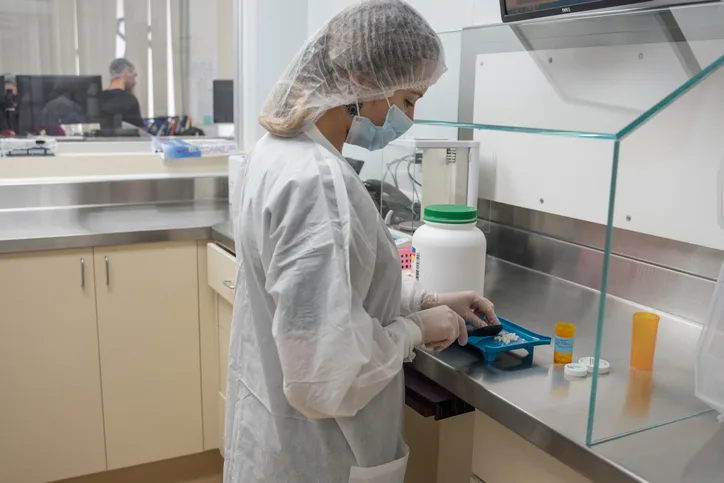
Chapter 800 of the United States Pharmacopoeia (USP) focuses on patient safety, worker safety, and environmental protection from hazardous drugs and specifically refers to veterinarians and veterinary technicians.1 This chapter also references the National Institute for Occupational Safety and Health (NIOSH) list of hazardous drugs in health care settings,2 USP chapter 795 nonsterile compounding,3 and USP chapter 797 sterile compounding.4 Although USP chapters do not have the force of law, agencies like the FDA, Occupational Safety and Health Administration (OSHA), state boards of pharmacy, and state veterinary medical boards often adopt USP guidelines for implementation. Some components can be costly, but other steps to ensure patient, veterinary team members, and environmental safety can be taken to achieve compliance without significant financial investment.
National Institute for Occupational Safety and Health Classification Tables
Table 1: Drugs known to be a human carcinogen or probably carcinogenic to humans
Examples: chemotherapeutics (eg, vincristine, lomustine), azathioprine, chloramphenicol, cyclosporine
Table 2: Drugs not known to be a human carcinogen but meet NIOSH criteria for hazardous drugs and may have adverse reproductive risks
Examples: fluconazole, methimazole, oxytocin, spironolactone, zonisamide